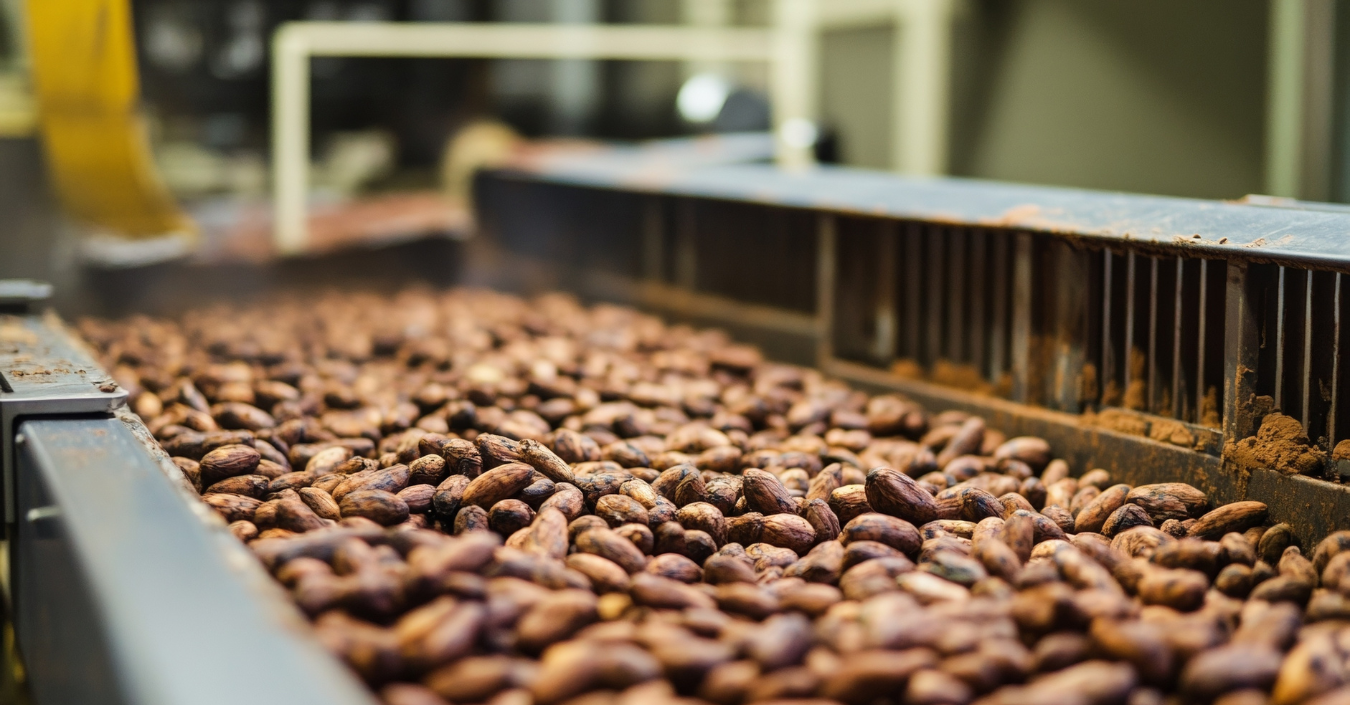Expert analysis reveals extreme price movements, liquidity concerns, and structural shifts reshaping the global cocoa market
The cocoa futures market delivered another week of breathtaking volatility, with July New York futures experiencing an explosive 18.6% rally to five-month highs before retreating over 10% the following week. This dramatic price action underscores the increasingly unstable trading environment that has characterized cocoa markets throughout 2025.
Record-breaking price swings signal market stress
On May 13th, July cocoa futures in New York surged $861 (9.5%) to $9,951 per metric ton, continuing their ascent to reach $10,898 by week’s end. However, the celebration was short-lived, as prices tumbled back to $9,764 just one week later, a stark reminder of the market’s current fragility.
Market sources attribute the initial surge to revised crop forecasts from third-party forecaster Forestero, though the magnitude of the move suggests speculative buying in an increasingly illiquid market. The subsequent selloff appears driven by broader macro concerns, including rising bond yields and renewed tariff uncertainties affecting chocolate demand expectations.
Liquidity crisis deepens across global exchanges
Perhaps more concerning than the price volatility itself is the underlying liquidity crisis gripping cocoa markets. Combined open interest between London and New York exchanges has fallen to its lowest level in over 20 years, creating a self-reinforcing cycle of reduced market participation and heightened volatility.
Exchange inventories tell a similarly troubling story. London’s certified stocks have declined to just 43,890 metric tons, while the recent May contract expiry required delivery of 24,680 metric tons of beans primarily from Nigeria, Ecuador, and Cameroon.
Demand destruction accelerates amid price pressures
The sustained high prices are having their intended effect on demand destruction. Asia’s largest cocoa processor, Guan Chong Bhd, warns that grinding could drop “tremendously” in Q3 2025, with their own operations potentially declining 10-15% after already falling 3-5% last year.
Global grinding data for Q1 2025 shows aggregate declines of 3.5% across Europe, North America, and Asia-Pacific regions. European chocolate volumes are down 3% year-over-year, while US volumes have declined 5%, according to Nielsen data through April.
West African regulators gamble on higher prices
Adding another layer of complexity, regulators in Ivory Coast and Ghana are deliberately holding back forward sales for the 2025/26 season, hoping to capitalize on elevated prices after missing out on last year’s rally. This strategy is further constraining market liquidity and could backfire if weather conditions improve and prices retreat.
Ivory Coast has reportedly sold less than 400,000 metric tons for next season, compared to 1.45 million metric tons at the same point last year. Ghana’s forward sales have been even more conservative, with barely 100,000 metric tons sold versus typical volumes of 500,000 metric tons.
Supply chain quality concerns mount
Production challenges extend beyond quantity to quality issues. Ivory Coast arrivals show concerning deterioration, with bean counts ranging between 130-150 per 100 grams, well above the regulated standard of 106. Processing facilities report rejecting 40-50% of incoming beans, forcing operations to run at reduced capacity.
Looking ahead: The next boom-bust cycle
While current market dynamics support elevated prices in the near term, structural changes are already underway that could dramatically shift the supply-demand balance within 2-3 years. Increased plantings across Peru, Ecuador, Brazil, Indonesia, and West Africa, combined with materially reduced demand, are setting the stage for what industry experts predict could be “the mother of all cocoa crops.”
Nigeria moves to reclaim market position
In a significant policy shift, Nigeria is establishing a new National Cocoa Management Board—nearly four decades after abolishing its predecessor. The move aims to improve quality standards and capitalize on the current price environment, with cocoa export values jumping sevenfold between 2023 and 2024 to $1.7 billion.
This analysis represents key highlights from our comprehensive weekly cocoa market report. Access the full analysis here: https://app.vespertool.com/market-analysis/1967
